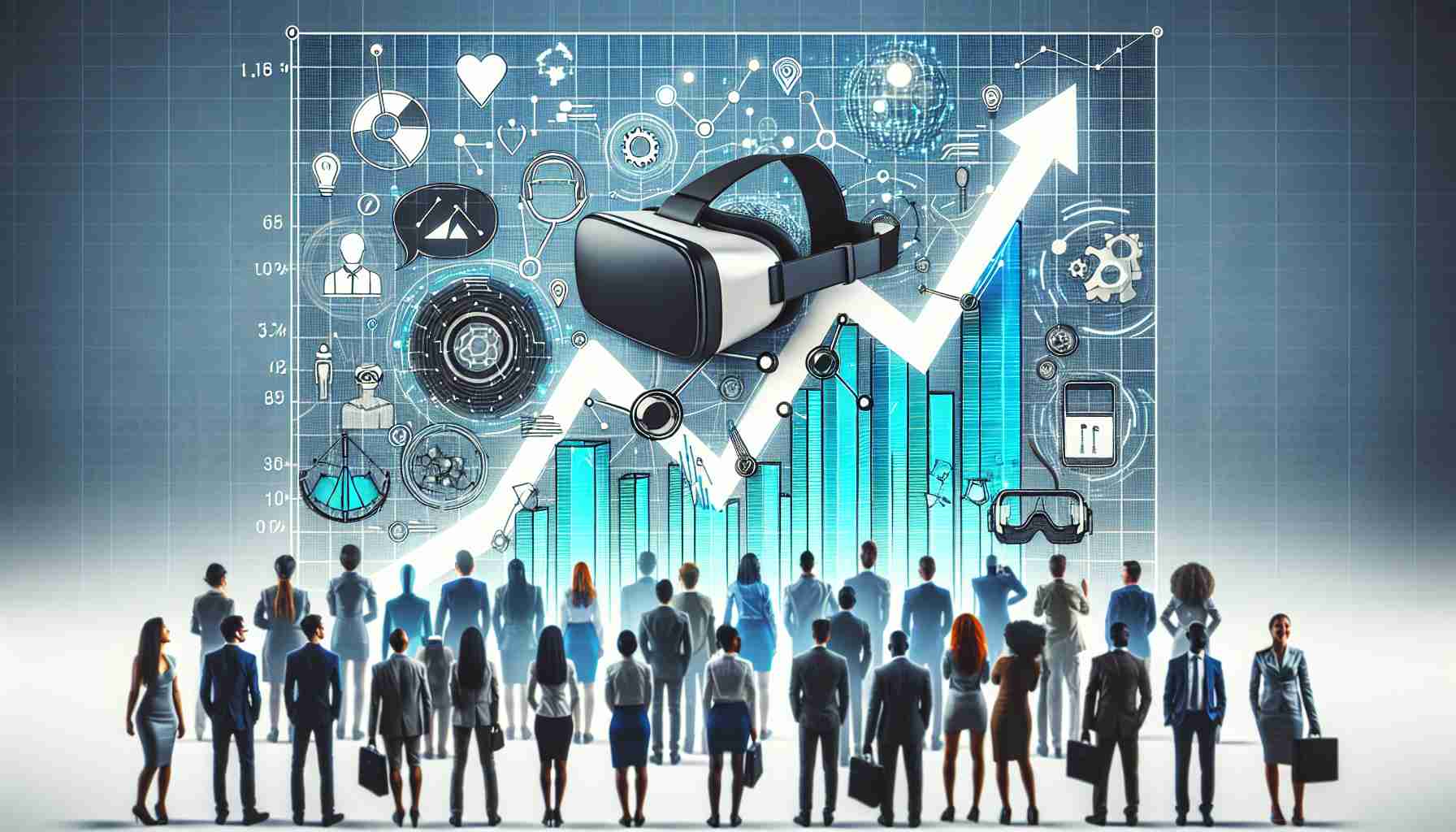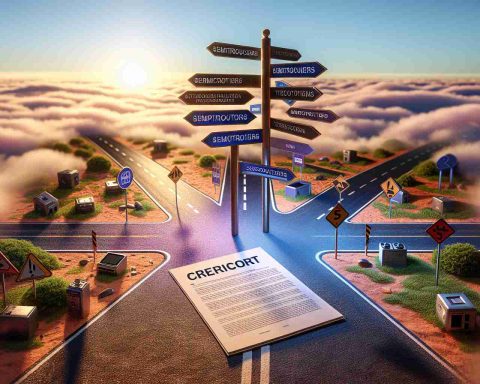The market for Augmented Reality (AR) and Virtual Reality (VR) is projected to reach a size of US$ 38.45 billion by 2023, with a strong compound annual growth rate (CAGR) of 25.74% from 2023 to 2033. This growth is driven by continuous technological advancements that are improving the capabilities and applications of AR and VR. While high costs associated with implementation and adoption remain a challenge, there are significant opportunities emerging in enterprise applications.
Businesses are increasingly utilizing AR and VR technologies for training, simulation, and enhancing customer experiences. This trend not only opens the door for further innovation but also expands the market.
Some of the key players in the AR and VR market include Google, Sony, Apple, Samsung Electronics, Microsoft, HTC, Oculus, Magic Leap, Blippar, and Upskill. These companies are contributing to the rapid evolution of the industry through their innovative solutions and extensive technological expertise.
Google, Sony, and Apple are leading the market by leveraging their capabilities and consumer reach. Samsung Electronics and Microsoft are also major contenders, catering to both consumer and enterprise applications. HTC and Oculus are known for their high-performance VR headsets, while Magic Leap specializes in cutting-edge AR technology. Blippar focuses on specialized AR applications, and Upskill provides enterprise solutions.
The competitive landscape of the AR and VR market is driving technological advancements and expanding applications across various sectors such as entertainment, education, and industrial training.
The market is segmented based on offering, device type, and application. The hardware and software segments are analyzed in terms of market share, consumption trend, and growth rate. The device type segment includes augmented reality, head-mounted displays, head-up displays, and others. The application segment covers consumer, aerospace & defense, healthcare, and others.
Geographically, the market has coverage in North America, Europe, Asia Pacific, South America, and the Middle East & Africa.
As the market continues to grow, Evolve Business Intelligence, a market research, business intelligence, and advisory firm, provides innovative solutions to address the pain points of businesses. Their market research reports and data collection services are designed to assist enterprises of all sizes. With their AI-modeled data analysis and forecast tool, EvolveBI, they track real-time data and provide accurate insights.
Additional facts:
– The use of AR and VR is not limited to entertainment and gaming; these technologies are also being adopted in fields such as healthcare, architecture, engineering, and manufacturing.
– The healthcare industry is utilizing AR and VR for training medical professionals, surgical planning, rehabilitation, and pain management.
– In the education sector, AR and VR are being used to create immersive learning experiences, allowing students to visualize complex concepts and interact with virtual environments.
– Industrial sectors are using AR and VR for training employees in hazardous environments, remote collaboration, and maintenance and repair tasks.
– The military and defense sector is adopting AR and VR for simulation and training purposes, enhancing situational awareness and decision-making skills.
– The travel and tourism industry is incorporating AR and VR to offer virtual tours, hotel previews, and immersive travel experiences.
Key questions and answers:
1. What are the main advantages of AR and VR?
AR and VR technologies offer enhanced user experiences, improved training and simulation capabilities, increased engagement, and the ability to visualize and interact with virtual objects and environments.
2. What are the key challenges associated with AR and VR?
Some of the main challenges include high implementation and adoption costs, technological limitations, the need for specialized hardware, user discomfort and motion sickness in VR, and privacy concerns.
Key controversies:
One of the key controversies surrounding AR and VR is the potential impact on mental and physical health. Excessive use of these technologies may lead to issues such as eye strain, headaches, disorientation, and a disconnect from reality.
Advantages:
– Enhanced user experiences and engagement
– Improved training and simulation capabilities
– Visualizing and interacting with virtual objects and environments
– Potential for cost savings in various industries
– Increased efficiency and productivity in tasks
Disadvantages:
– High implementation and adoption costs
– Technological limitations and hardware requirements
– User discomfort and motion sickness in VR
– Privacy and security concerns
– Potential negative impact on mental and physical health with excessive use
Related links:
– Augmented Reality Trends
– VR Worldwide
– Gartner – 5 Trends Emerging in Virtual and Augmented Reality


















